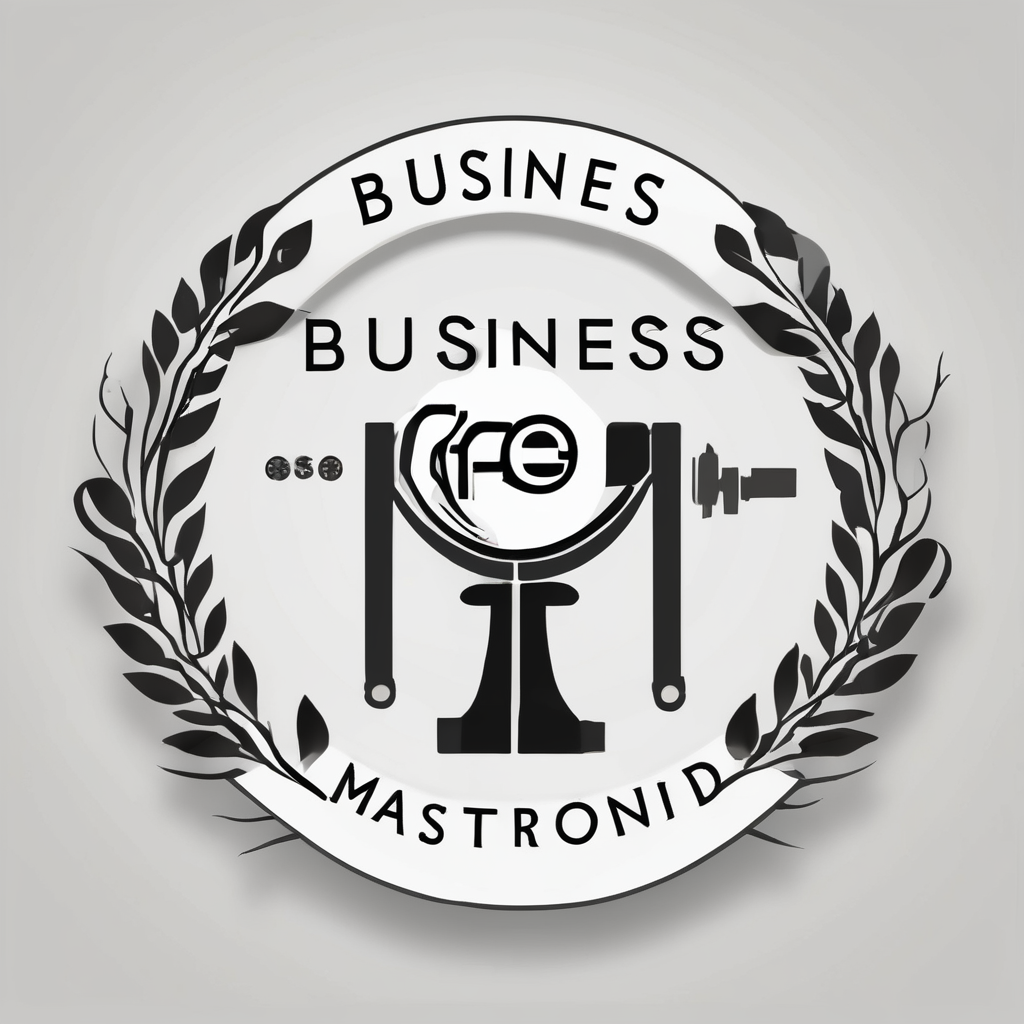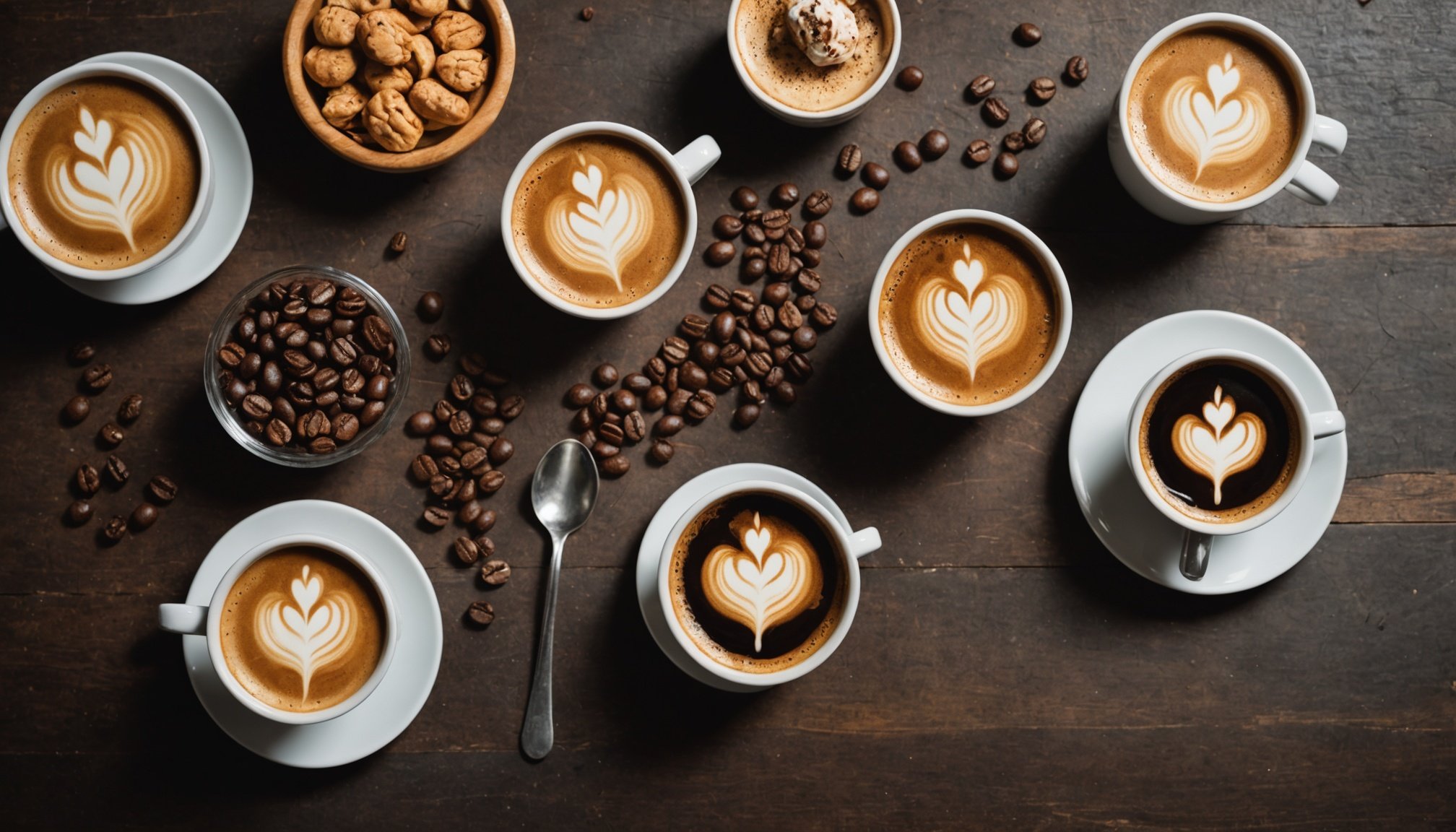Maximizing Customer Loyalty: Designing a Winning Rewards Program for UK Coffee Shops
In the competitive world of UK coffee shops, retaining customers is as crucial as attracting new ones. A well-designed rewards program can be the key to building a loyal customer base and driving long-term business success. Here’s a comprehensive guide on how to create a winning rewards program that will make your coffee shop a favorite among customers.
Understanding the Importance of Customer Loyalty
Customer loyalty is the backbone of any successful business. Loyal customers not only return repeatedly but also become brand ambassadors, recommending your coffee shop to friends and family. According to various studies, it costs significantly more to acquire new customers than to retain existing ones. Therefore, investing in a loyalty program is a smart business strategy.
Also read : Developing sustainable waste management solutions for uk manufacturing facilities
“As a coffee shop owner, you want to make sure that your customers feel valued and appreciated. A loyalty program is a great way to show your customers that you care about their business and want to reward their loyalty,” says Sarah Johnson, owner of a popular UK coffee shop.
Choosing the Right Type of Rewards Program
There are several types of rewards programs you can implement, each with its own set of benefits and drawbacks.
This might interest you : Top Strategies for UK Manufacturers to Cut Carbon Emissions Effectively
Points System
A points system is one of the most common types of rewards programs. Customers earn points for every purchase they make, and these points can be redeemed for free items or discounts.
Example:
- Starbucks uses a points system where customers earn stars for every purchase made through their app. These stars can be redeemed for free drinks, food, and other rewards.
Tiered System
A tiered system rewards customers based on their level of spending or engagement. The more they spend or engage, the higher the tier they reach, unlocking better rewards.
Example:
- Grubhub’s loyalty program allows customers to redeem up to $400 worth of free food and suggests new eateries based on their preferences, encouraging higher engagement and loyalty.
Annual Fee System
This system involves charging customers an annual fee in exchange for exclusive benefits and rewards.
Example:
- Amazon Prime is a classic example of an annual fee system, offering members free shipping, streaming services, and other perks.
Partnering System
Partnering with other businesses can enhance your rewards program by offering customers a broader range of rewards.
Example:
- MSC Voyagers Club partners with various service providers to offer members discounts on spa services, fitness classes, and more, in addition to travel-related benefits[2].
Deciding What Behaviors to Reward
The success of your rewards program depends on what behaviors you choose to reward. Here are some strategies to consider:
Purchases Above a Certain Amount
Reward customers for making purchases above a certain amount to incentivize higher spending.
Example:
- If a customer spends £20 or more in a single transaction, they could earn double points or a special discount.
Specific Products
Promote specific products by offering extra points or discounts for purchasing those items.
Example:
- If you want to clear out a particular coffee blend, offer extra points for customers who buy that blend.
Off-Peak Season Purchases
Reward customers for making purchases during off-peak seasons to maintain sales consistency.
Example:
- Offer double points or discounts for customers who visit during weekdays instead of weekends.
Key Components of a Successful Rewards Program
User-Friendly Loyalty Software
Your rewards program needs to be easy to understand and use for both your customers and your support team. Choose software that integrates seamlessly with your CRM and marketing platforms.
Example:
- Shopify recommends using automated loyalty apps that reward customers for various actions within your store, making it easy to manage and track customer loyalty[4].
Omnichannel Integration
Ensure that your rewards program is accessible across all channels—online and offline.
Example:
- Starbucks’ loyalty program allows customers to earn and redeem points both through their app and in-store purchases, providing a unified customer experience[1].
Clear Communication
Make sure your customers clearly understand how to earn and redeem rewards. Promote your program through various channels such as email, social media, and in-store promotions.
Example:
- Send out a welcome email with a points bonus for new customers who create an account, and post regular updates on social media about the benefits of your loyalty program[4].
Promoting Your Rewards Program
Promotion is crucial to the success of your rewards program. Here are some strategies to get the word out:
Email Marketing
Use email marketing to build and reinforce relationships with your customers. Each email should add value to their experience.
Example:
- Splash Wines used Recharge to build an subscription model that allowed customers to lock in discounted prices during the holiday season. They used historical purchase data to plan email campaigns around key order dates, resulting in a 177% increase in Cyber Weekend sales[4].
Social Media
Utilize social media platforms to engage with your customers and promote your rewards program.
Example:
- Create engaging posts and stories on Instagram and Facebook highlighting the benefits of your loyalty program. Use hashtags to increase visibility and encourage user-generated content.
In-Store Promotions
Use in-store promotions to remind customers about your rewards program.
Example:
- Display posters and flyers in your coffee shop, and have your staff mention the program to customers during their visits.
Analyzing and Adjusting Your Program
Tracking Customer Behavior
Use your loyalty software to track customer behavior across multiple channels. This will give you insights into what is working and what needs improvement.
Example:
- Analyze data to see which rewards are most popular and adjust your program accordingly. If customers are not redeeming certain rewards, it may be time to change them.
Customer Feedback
Collect feedback from your customers to understand their preferences and make necessary adjustments.
Example:
- Conduct surveys or gather feedback through social media to see what customers like and dislike about your rewards program.
Practical Insights and Actionable Advice
Here are some practical tips to help you design and implement a successful rewards program:
Make It Easy to Join
Ensure that joining your rewards program is a straightforward process. Offer incentives for new members, such as welcome points or discounts.
Example:
- Jill & Ally’s crystal candle club offers generous discounts that increase with the frequency of subscription, encouraging new customers to join and stay loyal[4].
Keep It Engaging
Regularly update your rewards program to keep it engaging. Introduce new rewards, special offers, and exclusive benefits to keep customers interested.
Example:
- Dirty Lemon’s subscription service offers discounts on lemonade purchases and exclusive access to new products, keeping customers engaged and loyal[1].
Use Personalization
Personalize the experience for your customers by offering rewards that are relevant to their purchasing habits.
Example:
- Use data analytics to offer personalized recommendations and rewards based on a customer’s past purchases, making them feel valued and understood.
Examples of Successful Loyalty Programs
Here are a few examples of successful loyalty programs that you can draw inspiration from:
Starbucks Loyalty Program
Starbucks pioneered the mobile app-based loyalty program, where customers earn stars for every purchase made through the app. These stars can be redeemed for free drinks, food, and other rewards. The program also provides exclusive access to new products and services[1].
Grubhub Loyalty Program
Grubhub’s loyalty program allows customers to redeem up to $400 worth of free food and suggests new eateries based on their preferences, encouraging higher engagement and loyalty[1].
MSC Voyagers Club
MSC Voyagers Club offers members discounts on various services, including spa treatments and fitness classes, in addition to travel-related benefits. The program also provides a special newsletter, personalized online space, and customized luggage tags[2].
Table: Comparing Different Loyalty Programs
| Program | Type | Rewards | Key Features |
|---|---|---|---|
| Starbucks | Points System | Free drinks, food, exclusive access to new products | Earn stars through app purchases, redeem for rewards |
| Grubhub | Points System | Up to $400 worth of free food, new eatery suggestions | Redeem points for free food, personalized recommendations |
| MSC Voyagers Club | Tiered System | Discounts on spa services, fitness classes, travel-related benefits | Special newsletter, personalized online space, customized luggage tags |
| Dirty Lemon | Subscription-Based | Discounts on lemonade purchases, exclusive access to new products | Monthly or weekly deliveries, discounts for subscribers |
| Jill & Ally | Subscription-Based | Generous discounts increasing with subscription frequency | Exclusive access to new products, special offers, automatic billing |
Designing a winning rewards program for your UK coffee shop is not just about offering discounts; it’s about creating a meaningful relationship with your customers. By choosing the right type of program, rewarding the right behaviors, and promoting your program effectively, you can build a loyal customer base that will drive your business forward.
Remember, the key to a successful rewards program is to keep it engaging, personalized, and easy to use. Continuously analyze and adjust your program based on customer feedback and behavior to ensure it remains relevant and appealing.
As you embark on this journey, keep in mind the words of a successful coffee shop owner: “A loyalty program is not just a tool to reward customers; it’s a way to show them that you value their business and care about their experience.” By making your customers feel valued, you can turn them into loyal advocates for your brand.











